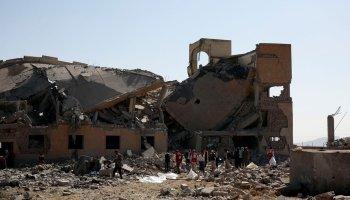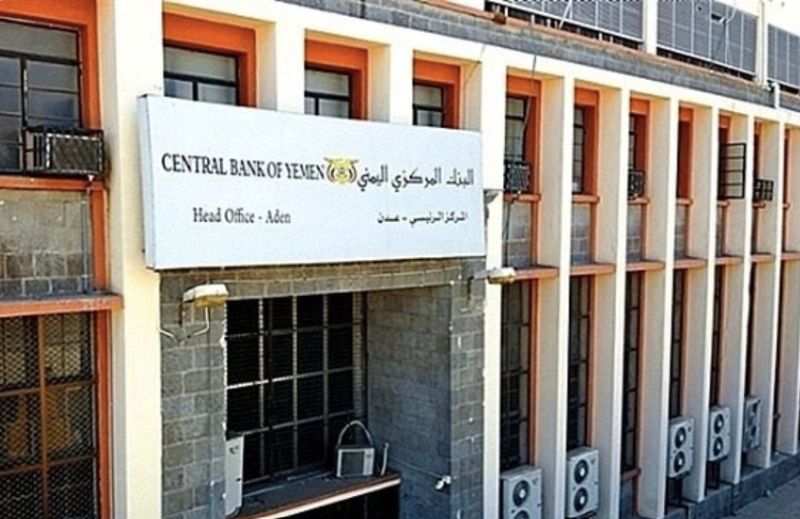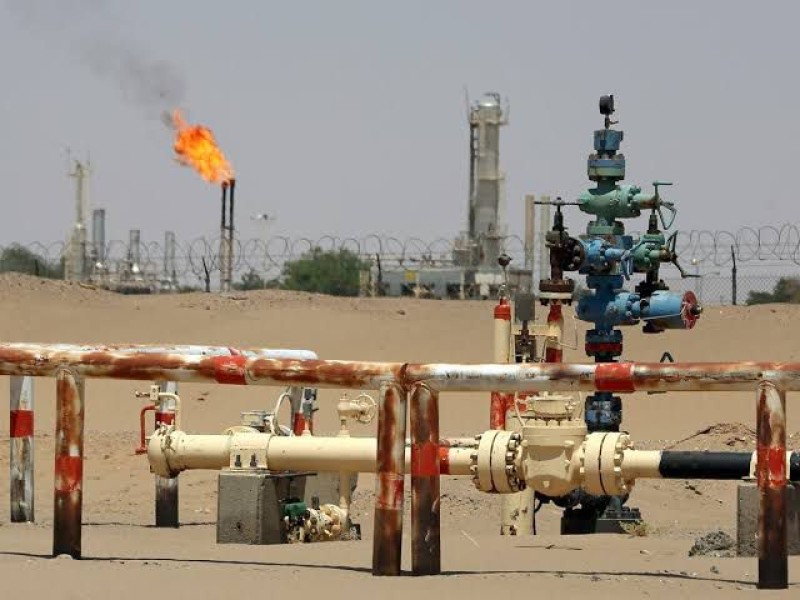Yemen Food Security Outlook June 2020 to January 2021


KEY MESSAGES
* Ongoing conflict continues to disrupt livelihoods, reduce access to income, and drive poor macroeconomic conditions in Yemen. The Yemeni Rial has been depreciating in recent months, contributing to further increases in already above-average prices of food and non-food commodities. Overall, an estimated 17 to 19 million people are expected to be in need of humanitarian food assistance in 2020. Crisis (IPC Phase 3) and Emergency (IPC Phase 4) outcomes are widespread.
* While not the most likely scenario, Famine (IPC Phase 5) would be possible in the event that food imports are significantly disrupted for a prolonged period of time. Food import levels observed to date in 2020 have been lower than average, a trend that is expected to persist through 2020 due to declining revenue streams. These trends have contributed to the progressively deteriorating food security situation in Yemen, raising the risk that a Famine (IPC Phase 5) could occur should there be a more significant and prolonged disruption to imports.
* Due to the restrictive operating environment and resource constraints, WFP has scaled down assistance such that beneficiaries in northern Houthi-controlled areas are being reached every other month instead of monthly, which has reduced assistance by effectively cutting benefits in half. Previously WFP was reaching around 12 million beneficiaries monthly. However, in April, with the scaling back of assistance in Houthi-controlled areas, WFP reached a total 8.6 million beneficiaries. As a result of limited ability to compensate for ration cuts, an increasing number of households in Houthi-controlled areas are likely facing difficulty meeting their basic food needs.
* As of June 27, 1,107 cases of COVID-19 had been confirmed in Yemen according to UNOCHA. Available, albeit limited, information suggests that Yemen’s testing rate per capita is among the lowest in the world, with the scale of the outbreak likely much greater than the figures suggest. According to FAO and key informants, demand for labor has been impacted in some areas, attributed to a combination of fear of COVID-19, some localized internal movement restrictions, and the secondary economic impacts of COVID-19, both globally and locally. However, due to the inexorable need for people to earn daily cash income to cover basic requirements, combined with limited capability around the enforcement of control measures, impacts on labor supply are understood to be minimal. According to FAO monitoring data, wages have not been widely impacted by the secondary effects of COVID-19 and in fact have increased in 2020.

Aden — The United States Ambassador to Yemen underscored the critical importance of safeguarding the independence of the Central Bank of Yeme…

Sana’a – A new international report has confirmed that Houthi militias continue to escalate economic measures against the commercial se…

Aden — For three decades prior to the outbreak of war, Yemen’s oil and natural gas sector played a decisive role in shaping the country…